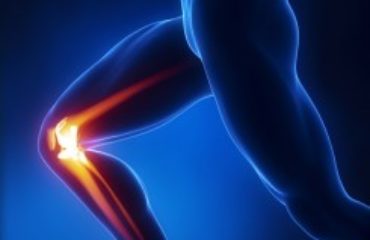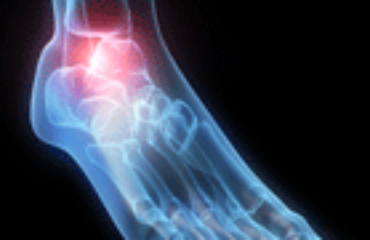A hamstring muscle injury is caused by a strain to the muscles that are found in the back part of the thigh. It is common that this injury affects athletes participating in sprinting activities.
The injury can also affect the main tendons. The hamstrings consist of several units made up of muscles and tendons. They bend and flex the knee and all as well as extend the hip and pull backward the thigh.
Symptoms
When the hamstring is injured the person will often hear a pop, and then severe pain will follow. The pain can be so intense that the person becomes nauseous and passes out. In the following two to three days the person will experience swelling and bruising, which can show up on the calf, buttocks, and back of the thigh.
Diagnosis
In order to diagnose the hamstring injury, the Phoenix sports medicine doctor will perform a clinical evaluation and take X-rays to assess the damage done. The injury may show damage to the lower buttocks or a bony injury. An MRI may be obtained so that the Scottsdale orthopedic doctor can view any damage to the soft tissue. If it is discovered that the conjoined tendon is damaged, surgery will be recommended. Otherwise,  the injury can usually be healed by other means.
the injury can usually be healed by other means.
The doctor will measure how far the tendon has been pulled off or retracted. Usually, if more than two centimeters (cm) has been pulled off, surgery will be recommended. It is possible for the tendon to be pulled off up to 10 cm. This needs to be repaired promptly, as it will cause scars and shorten if left more than a month. This makes the surgery extremely difficult in the future. If the hamstring is completely torn from the bone, but is only retracted up by two cm or less, it probably will not require surgery. The patient will need non-surgical methods to treat and rehabilitate the hamstring.
Surgery
If surgery is required, the Scottsdale orthopedic surgeon will place anchors that contain sutures into the tuberosity bone and lace the tendon up. This will pull the tendon back down onto the bone and secure it with knots. The patient can expect to be on crutches or wear a brace following the surgery. Recovery, in this case, takes about six months but will be variable.
Non-Surgical Treatments
Hamstring injuries can generally be treated without surgery when they don’t affect the conjoined tendon. It is more commonly the muscle and tendon junction that is found in the lower part of the back of the thigh. The typical treatment that is recommended consists of:
Generally, the hamstring takes between 10 days and 3 months to entirely heal, dependent on the severity of the damage. If a surgery is going to be undergone, it has been proven to be most predictable if performed in the first four weeks following the injury so the decision should be made promptly.



